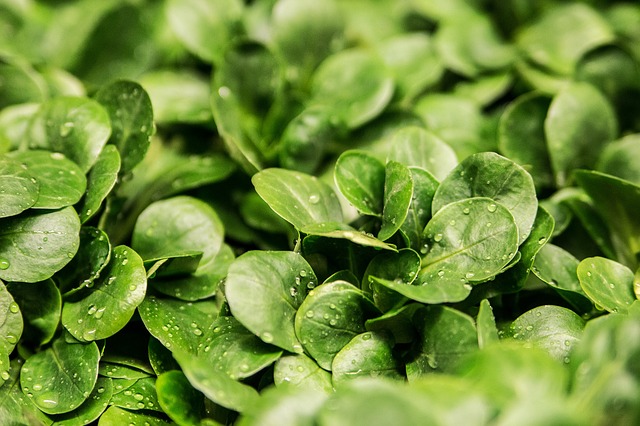
[monetize id=”1″]
Questions and Answers
My classmate and I made a gardening club before school ended and both of us didn't know how to garden much and school is starting again. We have a hose that can reach maybe 9 feet long and 6 boxes full of light and lifeless dirt. Each box measures 9 inches off the ground, 3 feet wide, and maybe 8 or nine feet long. We found an estimated 2 worms per box. We already weeded each box. We have no pesticide or fertilizer. We have handheld tools: handheld rake, shovel, and hoe. They were bought at the dollar store. We currently have 2 small pots for the germinating seeds. Not much sun can reach the boxes because of 2 pine trees, a rose bush, and a music room..but at least there is still enough sun to raise small plants. I am still thinking of how much fertilizer I should bring to school and bringing seeds to classrooms all over the campus. Shoot away. 🙂
Our middle/elementary school is in Stockton. I started the club for only middle schoolers. I don't know if I can trust them with handling the fragile stuff and playing around in the dirt.

Hollywood actor Joe Morgan shared several gardening tips in the following article – Http://www.rosebudmag.com/hydroponic-tip…
5 Great Plants for School Gardens are:
Radishes
Radishes are fast. Some varieties are ready to eat just three weeks after the seeds are sown, making them a satisfying first plant for beginners. Radishes are also easy to harvest, and kids will have fun pulling the whole plant out of the ground while learning about root systems. Like all of the plants on this list, they are easy to eat raw. Their sharp flavor can be toned down by grating them into a slaw or pairing them with a dipping sauce.
Rainbow Chard
Many greens and lettuce varieties work well in school gardens because they are less frost-sensitive and can be planted in the spring and fall. Rainbow chard is an especially nice choice because a single seed pack will yield a neon display in shades of yellow, pink, green and orange. It is also very hearty and will continue to produce through the summer and fall if it is harvested regularly. The seeds are relatively large, making them easy for small fingers to handle. Mature leaves usually taste best sautéed, but small, young leaves are good in a salad.
Peas
There are two basic types of peas, those that we shell (English peas) and those we eat whole, pod and all (sugar snap peas). Fast-growing, fun to harvest, easy to eat, and tasty, peas are always a big hit. Most varieties like to climb, so they might need more infrastructure than your other plants, but they aren’t difficult to care for and do well in cool, spring weather. Peas are a great example of a delicious and nourishing seed; use them to discuss the lifecycle of plants and all their edible parts.
Cherry or grape tomatoes
Tomatoes can be tricky since they usually ripen during the heat of summer when school is not in session. A truly successful tomato crop will require summer volunteers who can keep the plants alive until kids return in August or September. If that’s possible, however, tomatoes will continue to bear fruit until the first frost. Why grape or cherry tomatoes? Because they’re easier to grow, bear more individual fruit (which means more students can participate in the harvest) and are fun to eat. Of this list they are the only fruit, which completes the lesson about the different edible parts of plants.
Herbs
If you are short on resources (space, time, money or water) herbs might be the way to go. Some herbs, like mint, are so easy they verge on weed status, elbowing their way into other garden beds and taking over. Basil, parsley and oregano are other good bets, and sage, rosemary and even lavender grow well in drier climates. Herbs are also great for engaging all five senses, and harvesting even a small amount can flavor a dish for a whole classroom.
Im think about starting a school vegitable garden but am not entirly sure what plants to plant my school goes from early sept to mid june. Any suggestions would be great. Also if you know any schools that have done this could you please leave that here as well. This Garden is going to be designed for high schoolers also. I am located on long island, new york.

This should be of help to you with a few ideas and suggestions on that.
Http://www.thekidsgarden.co.uk/GetYourSc…
I need good, somewhat easy ideas for this. I know that car washes and raffle tickets are effective but i would like a funner idea.

How about getting local businesses to sponsor the garden? You can post a sign at the entrance announcing the business names and the businesses would donate X amount of money per month/year to have that spot on the sign to advertise their business…the higher and bigger the spot on the sign, the more the space would "rent" for…hit up local garden businesses and florists first, they might be willing to donate supplies, seeds, plants, garden tools and tips as well…if the kids are going to sell whatever they produce from the garden, you can make "advanced sales" on the produce to raise the funds…they pay a percentage of the cost in advance and when the garden produces, they get that same percentage of the food back…
[monetize id=”2″]
Angry Birds – Hungry, Hungry Piggies – Animacion en 3D

